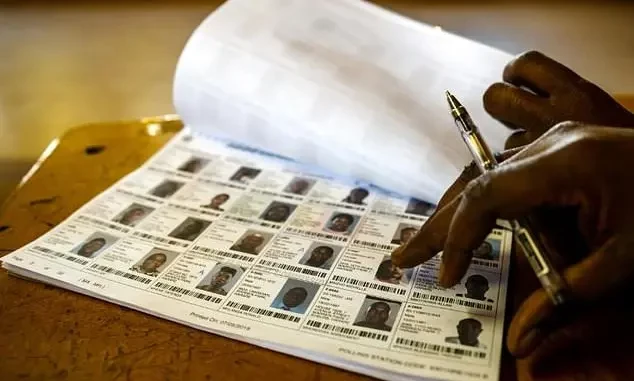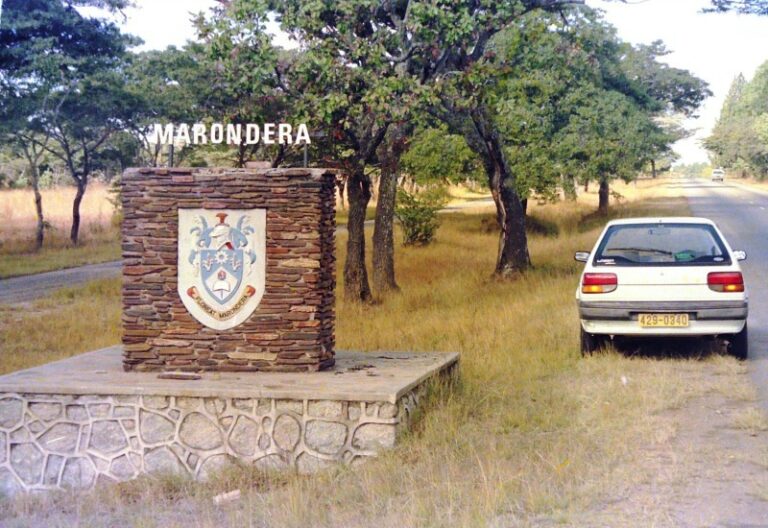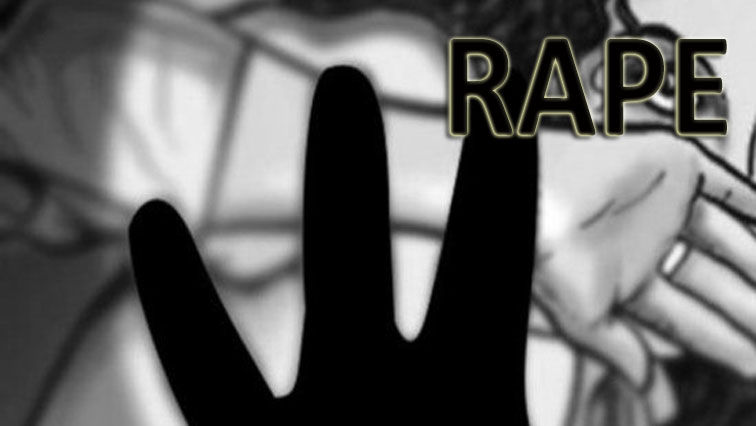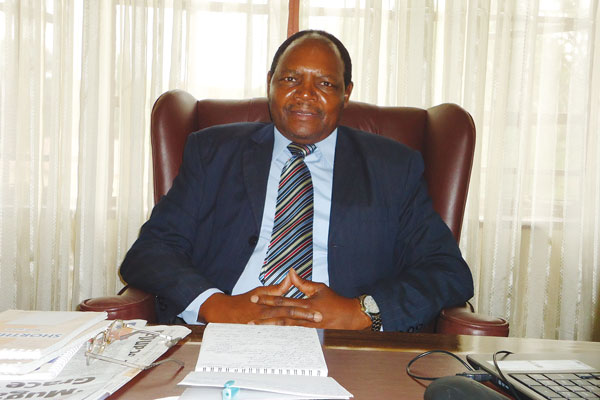
Zimbabwe’s draft delimitation report tabled in Parliament recently in line with section 161 of the constitution threatens electoral democracy in a subtle, but deadly way.
The report is 509 pages and has an annexure with 995 pages and maps. The report compiled by the Zimbabwe Electoral Commission (Zec) which is the statutory body mandated to run national elections presents the preliminary wards and 210 constituencies that can be used in the coming July/August 2023 general election if completed by January 28, 2023.
Before we delve into detail there is a newly mandated 13-member multi-party parliamentary ad hoc committee chaired by the ruling Zimbabwe African National Union Patriotic Front (ZANU PF)’s Pupurai Togarepi and composed of eight other Zanu PF members of parliament, one traditional leader, three MDC T members and one CCC representative (Prince Sibanda) which began work yesterday January 7, before presenting its findings and recommendations to parliament on January 13. The parliamentarians will then debate the draft report on January 17 and 18 before making recommendations to the President on January 19.
Here are seven highlights from my preliminary analysis of the proposed new parliamentary constituencies.
1) The delimitation formula used by Zec is controversial. Section 161 (6) of the constitution reads that ‘no constituency or ward of the local authority concerned may have more than 20% more or fewer registered voters than the other such constituencies or wards.’ In line with Zec’s (mis) interpretation of section 161 (6) of the constitution, Zec set the maximum registered voter threshold of 33 169 and a minimum threshold of 22 112 voters for each constituency. This was after dividing the total number of registered voters at the national level by 210 constituencies resulting in a national average of 27 640 voters per constituency.
A variance from the national average was then calculated as average plus/minus 20%. This is problematic because I think the correct view is that the 20% range must be calculated as average plus/ minus 10% to give a total range of 20%. Reader, in this instance variance simply means range as simply stated in the constitution not some statistical inference formula.
The current Zec formula results in a range of more than 20%. It is crystal clear that a constituency with Zec’s maximum threshold of 33 169 will have more than 20% more registered voters than a constituency with the minimum threshold of 22 112. To illustrate from the Zec draft report, in Mashonaland East, Murehwa West has 32 557 registered voters which is more than 20% of registered voters in Mudzi North with 22 124 voters.
This potentially violates section 161 (6) of the constitution cited above. After all section 161 initially envisages that each constituency or ward must have an equal number of voters in line with universal principles of equal representative democracy.
- Mwonzora skeletons tumble
- Mwonzora skeletons tumble
- I will definitely win 2023 elections: Mwonzora
- RG's Office frustrating urban voters: CCC
Keep Reading
2) There is a lot of gerrymandering through a less noisy maybe ‘smart’ process of reconfiguration and renaming of constituencies in the opposition strongholds. For example in Harare Province, it is clear that the new Churu and Hunyani constituencies were created from Harare South constituency which is dominated by Zanu PF. Reader, note that Harare South constituency was not collapsed. ZEC also split Epworth won by Zanu PF in a recent by election into Epworth North and Epworth South constituencies. Harare North was reconfigured and renamed to Hatcliffe constituency.
ZANU PF fancies chances of winning in these recreated constituencies because it has long adopted patronage and intimidation as a technology of governance to control key periphery urban spaces dominated by informal houses, informal markets and informal tenure systems.
The ‘smart’ renaming and reconfiguration also extend to Bulawayo Province where seven constituencies were reconfigured and renamed as follows: Bulawayo North, Cowdry Park, Emakhandeni-Luveve Entumbane- Njube, Lobengula-Magwegwe Mpopoma-Mzilikazi and Pelandaba- Tshabalala.
3) In terms of ‘smart’ gerrymandering, Zec has not bothered to create a significant number of new constituencies in areas where ZANU PF has a chance to win possibly to manage opposition noise and out of political praxis borne out of the realisation that the current configuration of constituencies heavily favours the ruling party. So employing all methods to maintain the status quo might as well be analysed as silent manipulation. It is only in isolated cases like in Masvingo Province where Zec has created a new Mwenezi North Constituency in the ruling party’s electoral area of dominance and Chiredzi central which after all might go either way given its urban characteristics that relate to opposition politics.
4) Zec has also collapsed a few constituencies in opposition strongholds. In Harare Province, Highfield East and West have been collapsed into Highfield constituency. In Manicaland Province, Musikavanhu and Chipinge West constituencies were merged to create Chipinge West constituency. Chipinge West is currently under an opposition member of parliament. In as much as ZANU PF won Musikavanhu constituency in the previous general election it was by default.
This is because the MDC A fielded two candidates who managed to split the vote. This merger will reduce prospects of the opposition to regain both rural seats in 2023.
5) In Zanu PF’s perceived areas of electoral dominance there has been little reconfiguration of constituencies. In the Zanu PF stronghold of Mashonaland central, the province retained the same 18 constituencies. The same applies to Mashonaland West Province which retained its 22 constituencies.
Reader, as evidenced earlier, nothing much was also done to upset Mashonaland East and Midlands provinces deemed Zanu PF strongholds. The status quo symbolising a winning parliamentary formula for the ruling party was not bound to be interrupted.
6) On the other end, the systematic excessive renaming and reconfiguration of constituencies in the opposition stronghold is (in) advertently akin to putting the cat among the pigeons. I mean that it is likely to cause commotion among sitting parliamentarians who might want to retain their seats in competitive party primary elections.
For example, Bulawayo East, Emakhandeni Entumbane, Lobengula, Makokoba, Magwegwe, Pelandaba Mpopoma and Luveve no longer exist as they are currently constituted on the electoral map. The same applies to Kambuzuma and Warren Park in Harare.
7) However, consistent with any competitive electoral system there are some icing enticements for the opposition though they are not systematic enough to tilt the parliamentary results. For example, in Harare, Budirio constituency is now split into Budirio North and Budiriro South which is an advantage to the opposition. On the other end, in Manicaland, Dangamvura was split into Chikanga and Dangamvura and the opposition has capacity to win both. In Masvingo Province, Zaka East and Zaka West were collapsed and reconfigured to form a new Zaka South Constituency whereas Gutu South was also collapsed despite the fact that all the parliamentary seats currently belong to ZANU PF. In Mashonaland East, a new Ruwa constituency was created and its population seems inclined to opposition politics and at the same time Zanu PF’s Chikomba Central constituency was collapsed. In the Midlands province, Mberengwa South constituency, a Zanu PF dominated area, was collapsed and replaced by the creation of a new Mkoba North constituency which should be easy fodder for the opposition. Finally, in Matabeleland South, Bulilima East which belongs to ZANU PF was also collapsed. All this can easily placate the opposition to adopt the report as it is yet this is political theatre hybrid regimes have long mastered.
Reader, a discernible trend is that the delimitation formula, collapse of constituencies in opposition strongholds and reconfiguration and renaming of electoral constituencies seem to constitute ‘smart ‘ gerrymandering meant to tilt the 2023 parliamentary election in favour of the ruling party. The proposed electoral boundary changes that seem to favour the opposition at surface level are not systematically designed to tilt the parliamentary election in its favour.
Without equivocation, the parliamentary electoral damage is effectively done in the draft Zec report by the attempt to overtly not upset ZANU PF’s current electoral strongholds of Midlands and Mashonaland provinces whilst at the same time covertly and ‘smartly’ gerrymandering the opposition’s electoral significant province of Harare. What appears like opposition gains are rather an attempt to at least give a semblance of legitimacy to the process, hoping to satisfy external as well as internal actors as is common with hybrid regimes across the world.
- Dr Phillan Zamchiya holds a Doctor of Philosophy degree in International Development from the University of Oxford. He can be contacted at pres1zamchiya@gmail.com










